Do women cease to be girls once they grow up?
A certain smell. A distinct sound. A particular taste. A specific texture. Girlhood, to me, is a myriad of such peculiarities, and Girls will be Girls and Goldfish, existing at the two extreme ends of this spectrum, record the experiences that are too fleeting to hold on to but too heavy to let go. After all, what do you do when the words you tried so hard to swallow come back to grab you by the throat? Or worse, what happens when the words go missing? Does it get easier with time, or do we keep going back to being the scared, screaming thirteen-year-old every time Mother raises her voice?
Set in a sprawling elite boarding school nestled in the Himalayas, Shuchi Talati’s Girls will be Girls, on the surface, is nothing like the close-knit London immigrant community that Anamika comes back begrudgingly to in Goldfish. The former shows us the story of Mira’s coming of age, documenting all the small and big moments that pebble the journey of female sexual awakening.

An eighteen-year-old living at home, the academically-gifted-her school’s-first-female-prefect Mira ventures into the realm of desires and wants and needs while negotiating her bond with Anila, her mother who also grapples with how to remain a girl while being a mother. Goldfish, directed by Pushan Kripalani, however, is a film where memories jumble and mix, and remembrance gives way into forgiveness. Anamika’s confusion, hesitancy and guilt about Sadhana, her mother, and her eroding memory becomes a voyage of self-discovery too as she navigates life in the community that she wants to forget desperately.
We often wonder what exactly is it that makes the relationship between a mother and a daughter so complicated, so layered and so hard to decipher, these films probe into it beautifully. Mira’s admission of how she “just” can’t stand her mother and Anamika’s tired “Let’s just get through this” coalesce into all daughters’ general distress at being close quarters with their mothers, but Mira’s gentle oiling of Anila’s hair, giving her a champi and Anamika and Sadhana having their ritualistic four o’clock tea in the morning also offer insight into how delicately nuanced these relationships are.
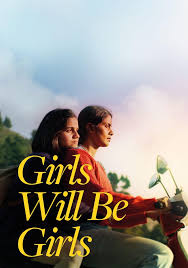
Not unlike most of the women I know, Mira and Anamika try their hardest to not be anything like their mothers- from choosing clothes to their gait and do everything in their power to be close to the absentee father. Sadhana accuses Anamika of teaming up with her father and bullying her, so does Anila. The daughters deal with it in their own ways- hurting and hurting back, anger, resentment, confusion cloud the very distant London and Himalayan air.
Also Read: A Shameless Society, A Radical Woman, A Brutal Film
Goldfish deals mostly in the different hues of blue and purple and white, while Girls will be Girls has muted colours spread throughout. The colours change though, much like our girls. Anamika, whose name means someone who has no name, someone who refused to name the goldfish her mother gifted her instead of a puppy and proceeded to flush it down the toilet, struggles to understand how to forgive someone for actions they have limited memory of.
Mulling over whether to put her mother at a care home, Miku begins to look at her mother as a girl, as a woman who dresses up for her lover, who giggles and blushes at the special blend of very light tea that her lover specifically makes for her. Mira’s frustration at her mother’s behaviour towards Sri also slowly morphs into a growing realisation about how the society has and would always treat women.
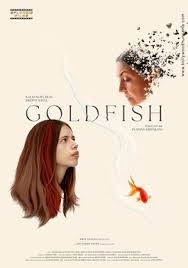
I always seemed to focus too much on the small ‘unnecessary’ things- asking what colour was Padmavati’s saree when she, oh so valiantly, jumped into the pyre or was it a pniri or an aashon or the floor on which our women sat down to eat, did they ever sit where their spouses used to sit, in their absence? That is what Girls will be Girls remains to me, an ode to the experiences of girlhood, of lemon rice and strawberry milkshakes with ice cream, of learning how to kiss to googling safer ways for intercourse, of red mugs and red sarees, of dancing and falling, of leaving and learning.
Goldfish becomes a memory of bhura, a ghee that tastes of home and cream and salt, the smell of agarbatti and banjaar and the taste of nagori puri that I don’t quite seem to remember having. The stories bleed into each other, the mothers’ love which often looks like shaking fists and trembling teeth, the love that makes Anamika eat a cigarette, the same love that doesn’t mean to be unkind but says the cruellest things culminates into creating a space where the girls reclaim their spirit, where girls can be girls, maybe just enough to sit together on an idle morning, just enough to remember that it is okay, just enough to live a little.
Image Courtesy: IMDb, Wikipedia, TMDB
Srijata Pyne is currently pursuing her Master's in Comparative Literature from Jadavpur University, having completed her graduation in the same. Always keeping an eye out for stories that are constantly unfolding, she hopes to articulate the diverse experiences of people she crosses paths with. Her interests also include Media Studies, Popular Culture, Editing and Translation.




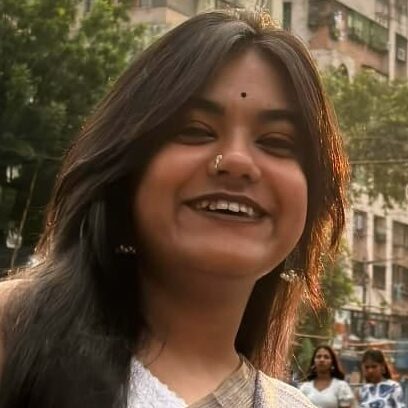

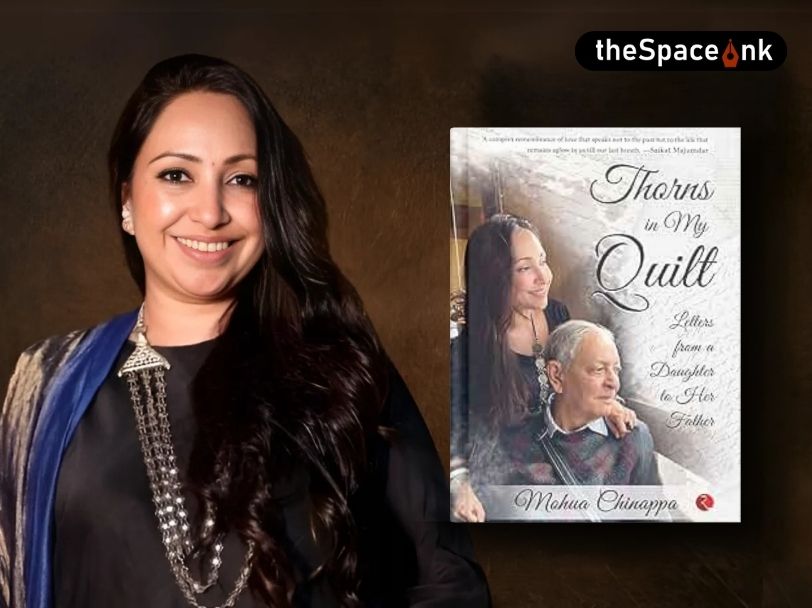
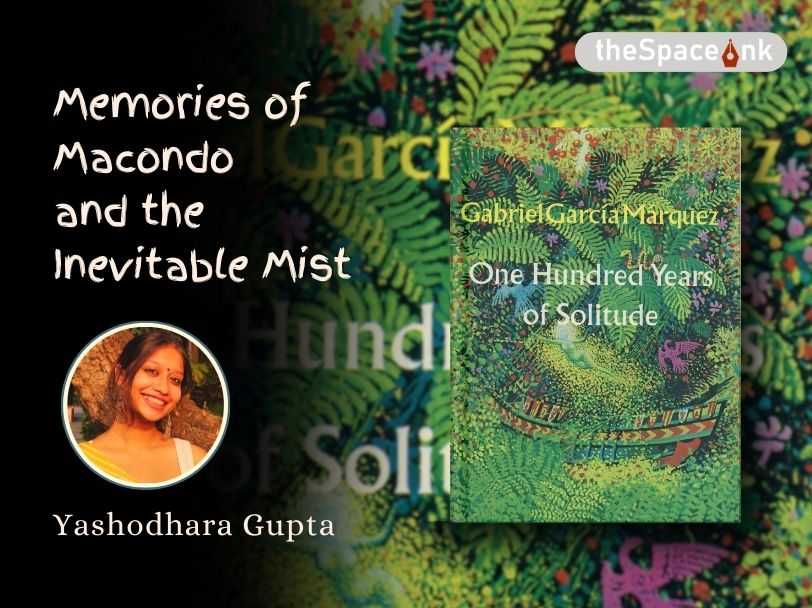
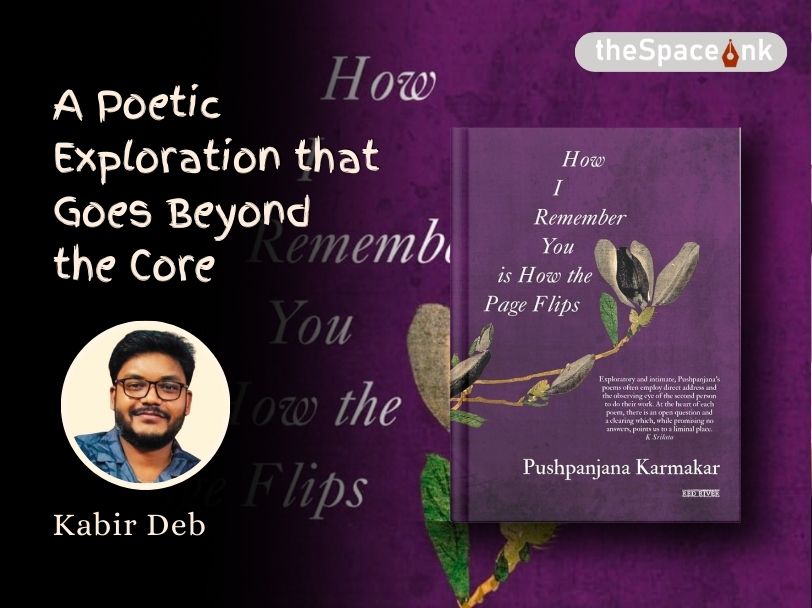
One Response
Hi
I want to write this comment for checking.